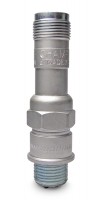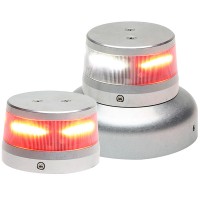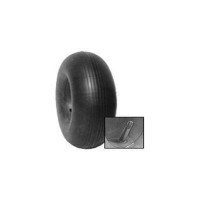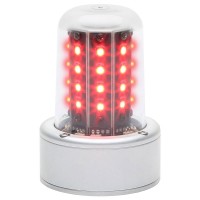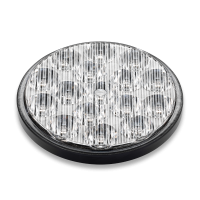THE AVIATION SUPERSTORE FOR ALL YOUR AIRCRAFT & PILOT NEEDS | 877-4-SPRUCE
A-4F Skyhawk Usmc Model
$249.95/Each
Part# 13-10619
MFR Model# CA04MTE
MFR Model# CA04MTE
Overview
|
Manufactured by Douglas Aircraft Corporation and originally intended to operate from United States Navy (USN) aircraft carriers, the A-4 Skyhawk was designed by Ed Heinemann in response to the Navys request for a jet-powered attack aircraft that would replace the A-1 Skyraider. Heinemann chose a design that would minimize size, weight and complexity. The result was an aircraft that weighed only half of the Navys specification and had wings so compact that need not be folded for carrier stowage. The petite aircraft soon received the nicknames “Scooter”, “Bantam Bomber”, “Tinker Toy Bomber” and, in reference to its agility, “Heinemanns Hot-Rod”. The first prototype flew on June 22, 1954, and deliveries to the USN and US Marine Corps (USMC) began in late 1965. Production of the Skyhawk was put to a halt in 1979, and by then, a total of 2,960 aircraft had been built. The design of the Skyhawk is not uncommon among post-World War II planes. It had a delta wing, a tricycle undercarriage, a single turbojet engine in the rear fuselage and a cruciform tail. Armament included cannons and a large variety of bombs, rockets and missiles. The A-4 was the pioneer of the “buddy” self air-to-air refueling concept. This allows aircraft to supply fuel to others of the same type without the need for a dedicated tanker, and was particularly handy for small air arms or when operating in remote locations. In case of any hydraulic failure, the Skyhawk was also capable of emergency landing on drop tanks that were almost always carried by the aircraft. |
WARNING: Cancer and Reproductive Harm - www.P65Warnings.ca.gov. |
Q&A
Please note, Aircraft Spruce ®'s personnel are not certified aircraft mechanics and can only provide general support and ideas, which should not be relied upon or implemented in lieu of consulting an A&P or other qualified technician. Aircraft Spruce ® assumes no responsibility or liability for any issue or problem which may arise from any repair, modification or other work done from this knowledge base. Any product eligibility information provided here is based on general application guides and we recommend always referring to your specific aircraft parts manual, the parts manufacturer or consulting with a qualified mechanic.


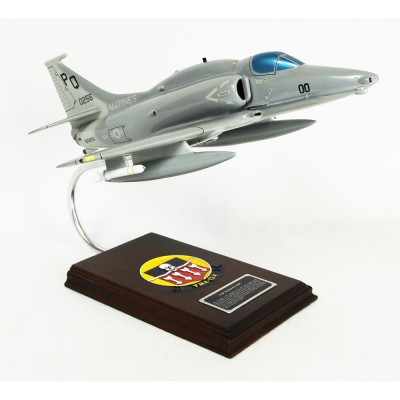





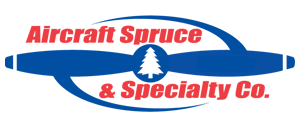 FREE Shipping
FREE Shipping
